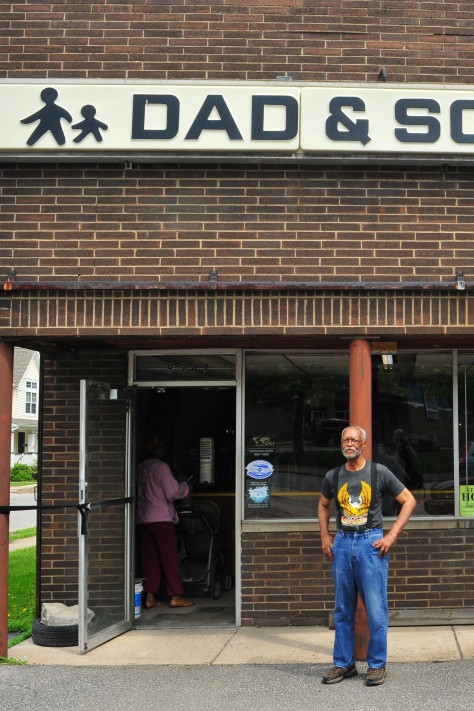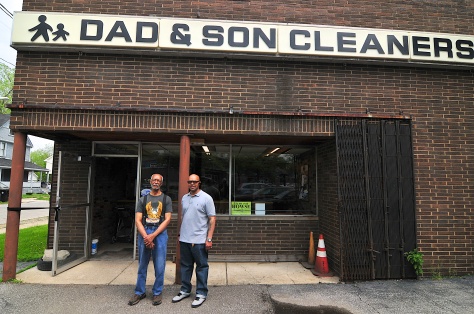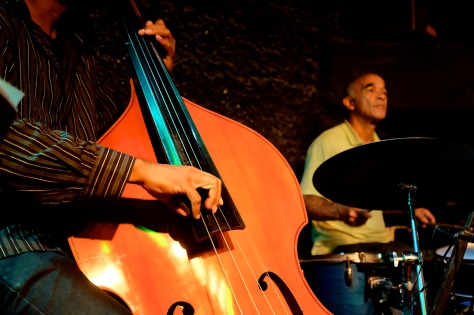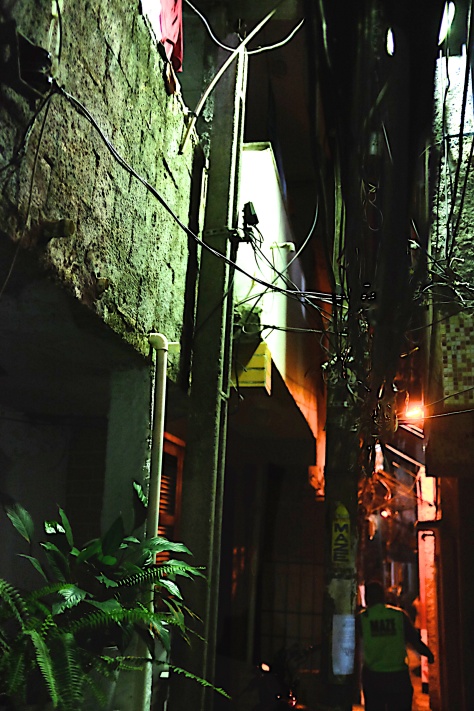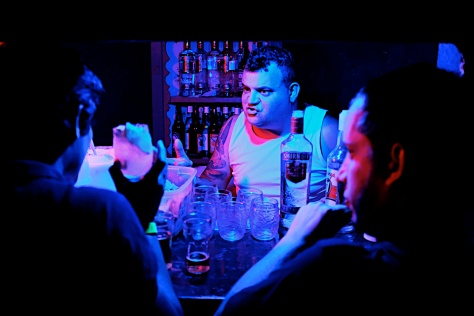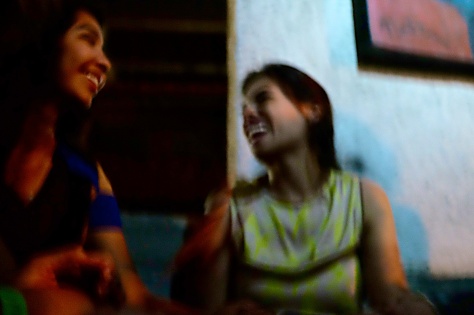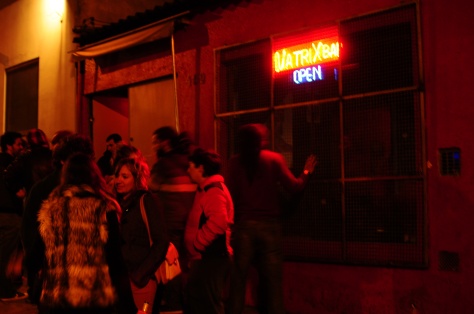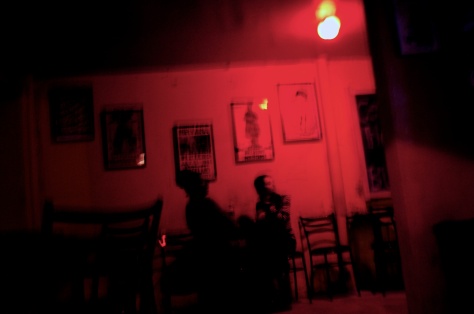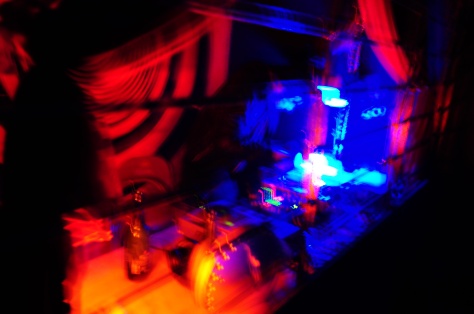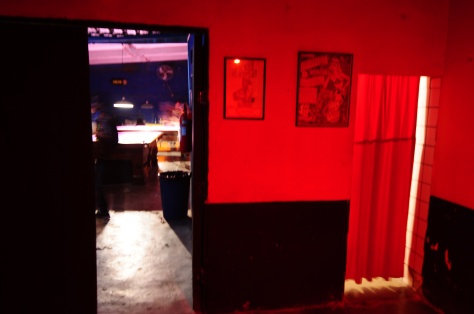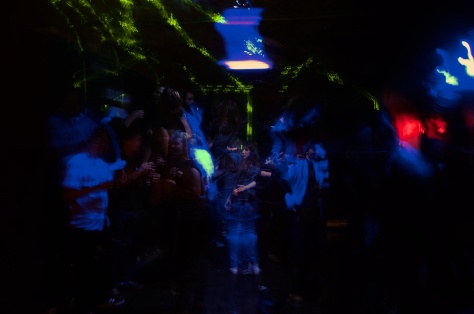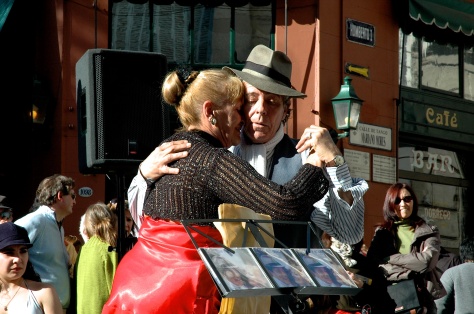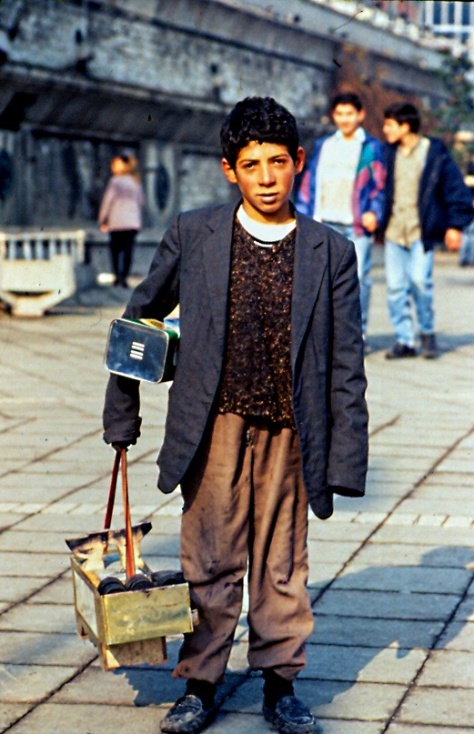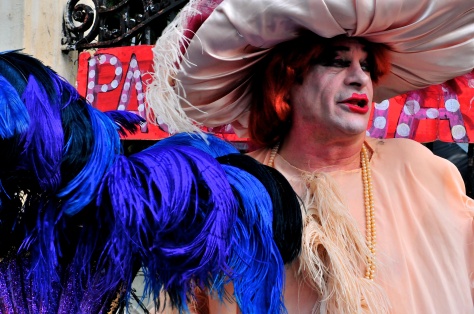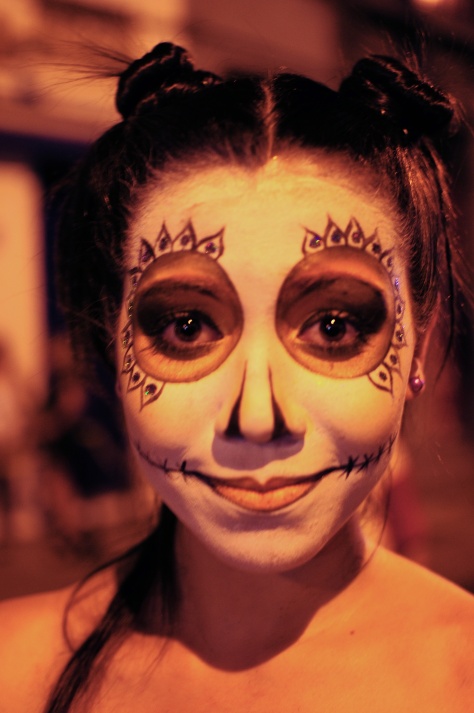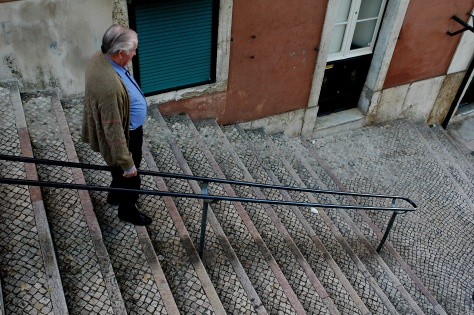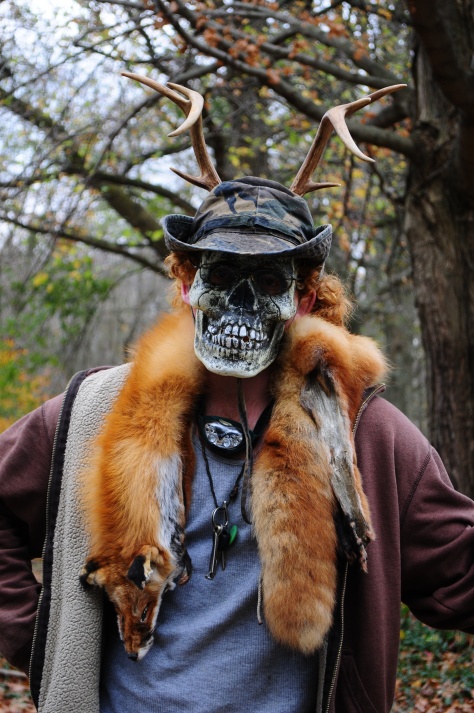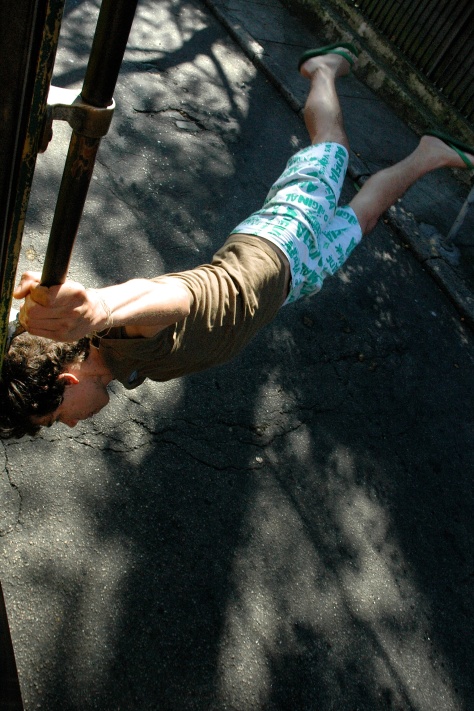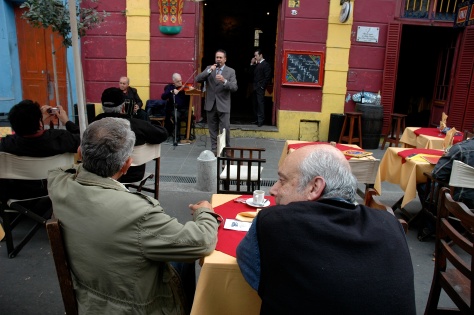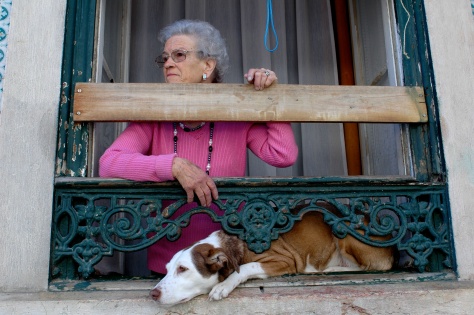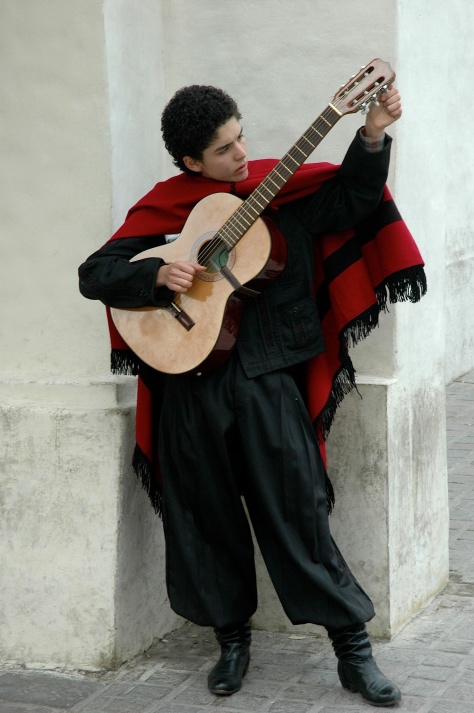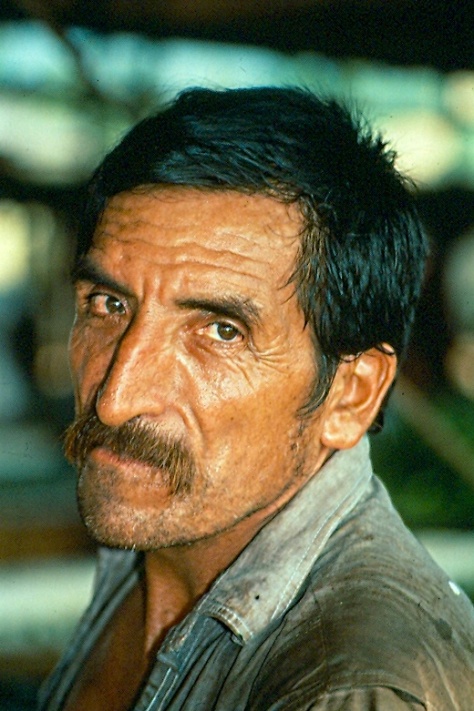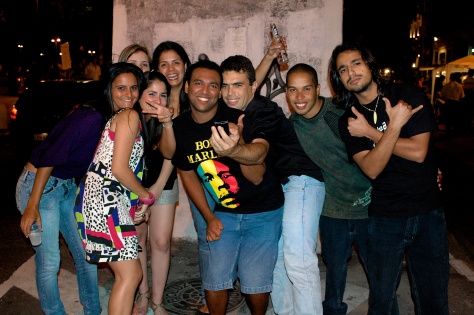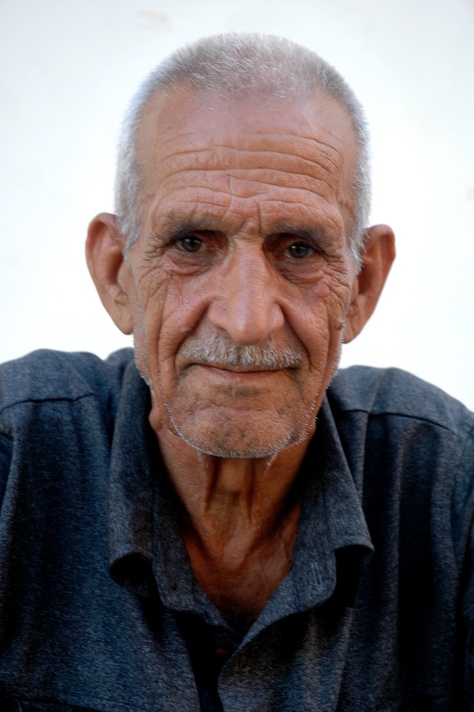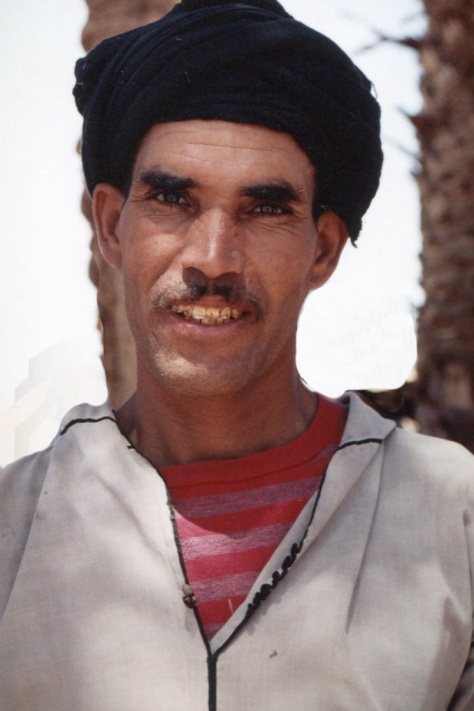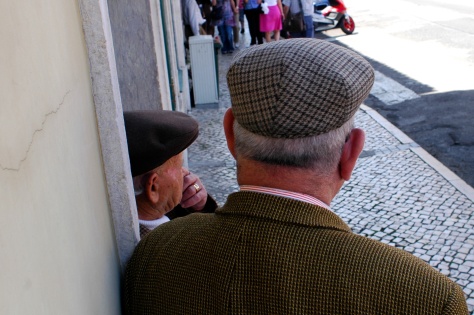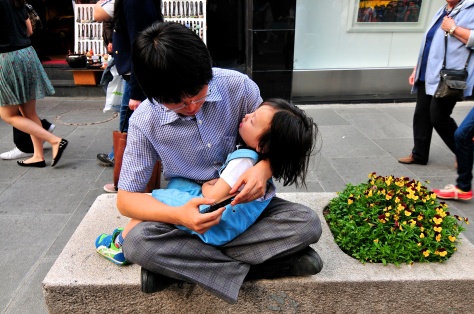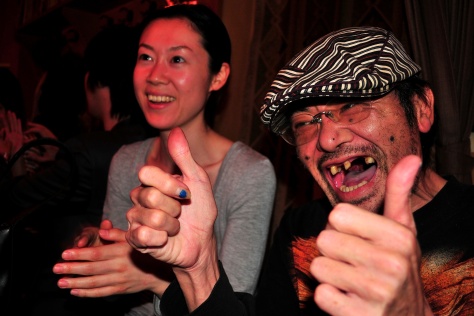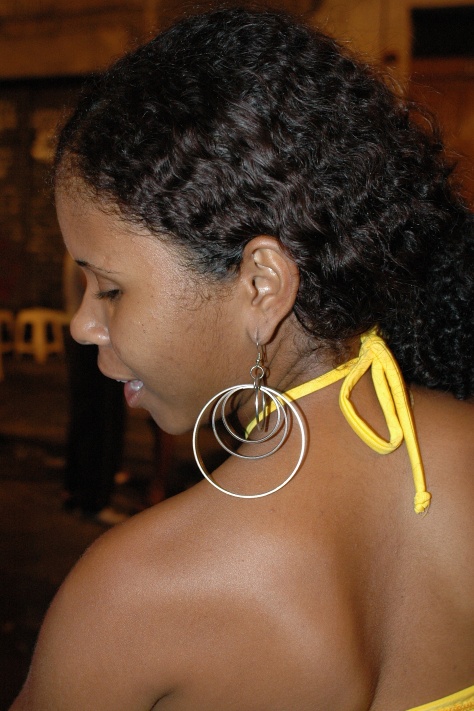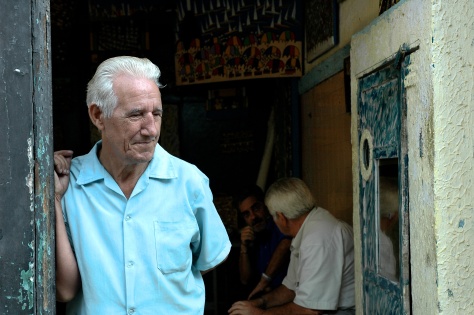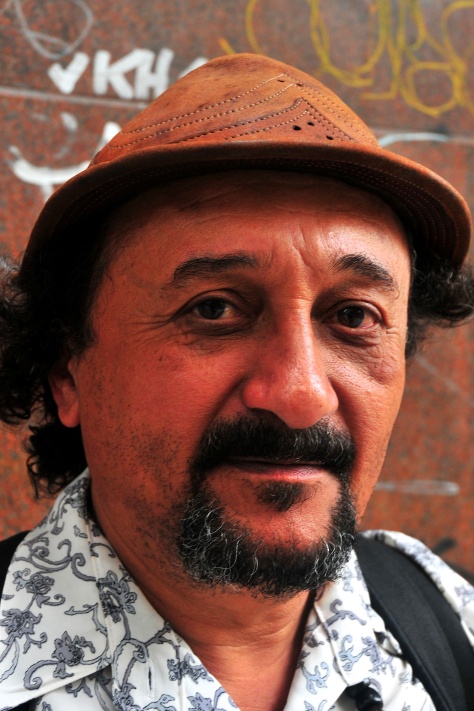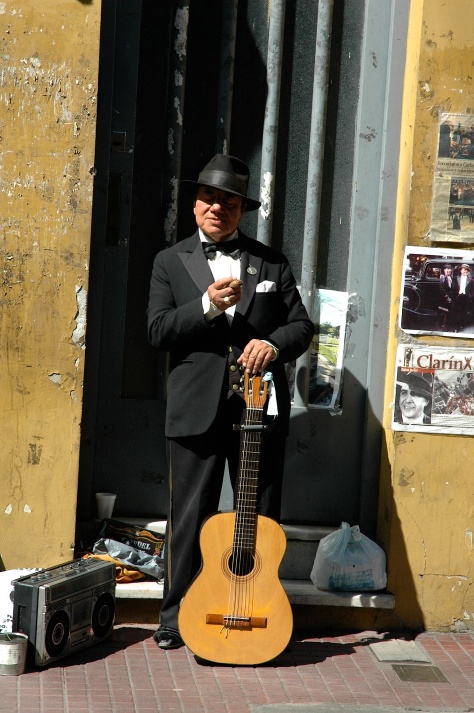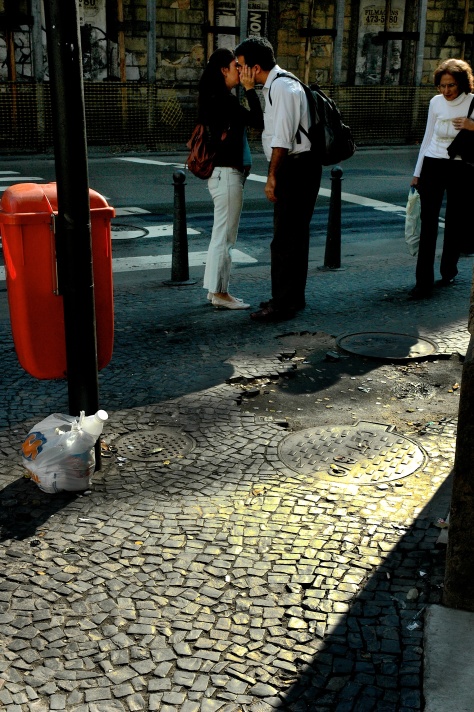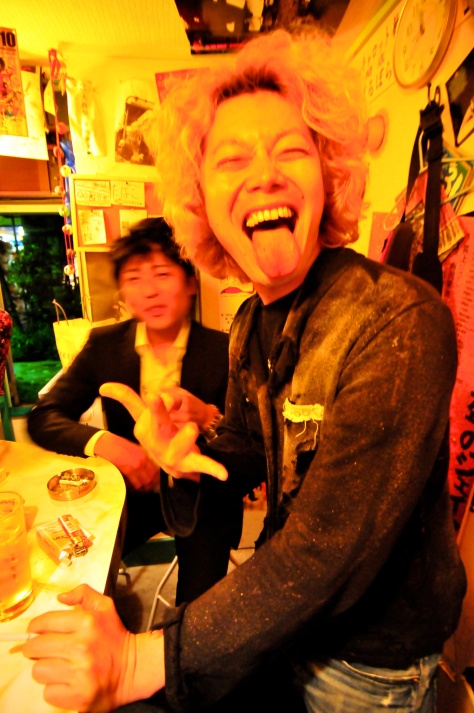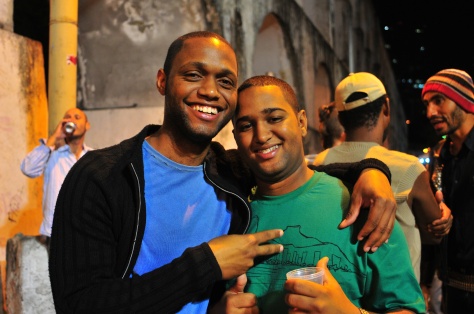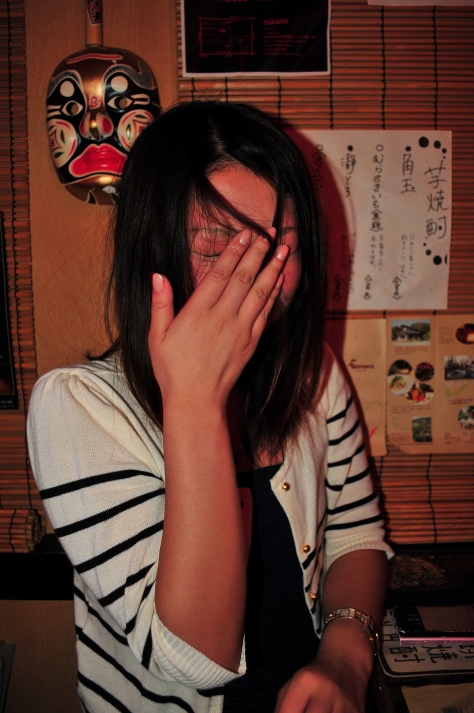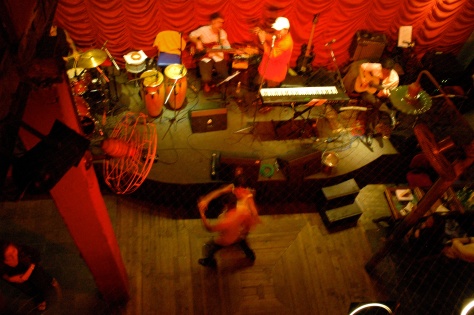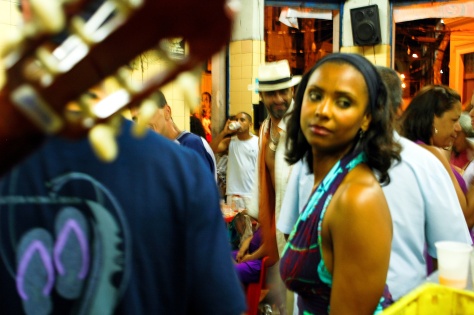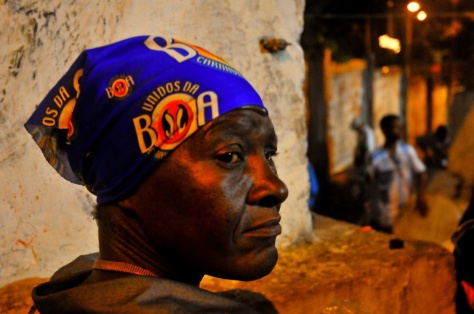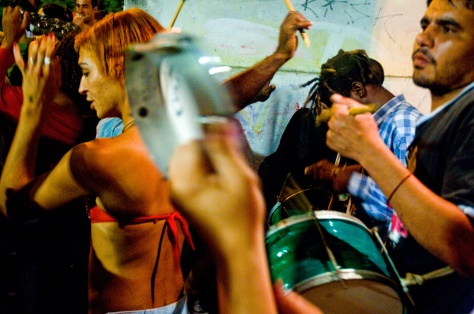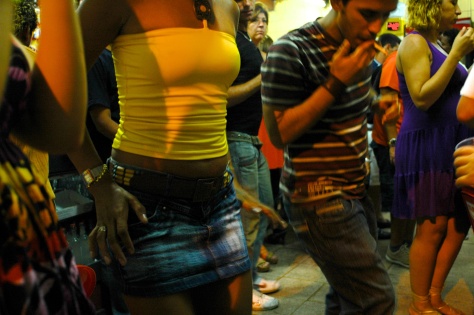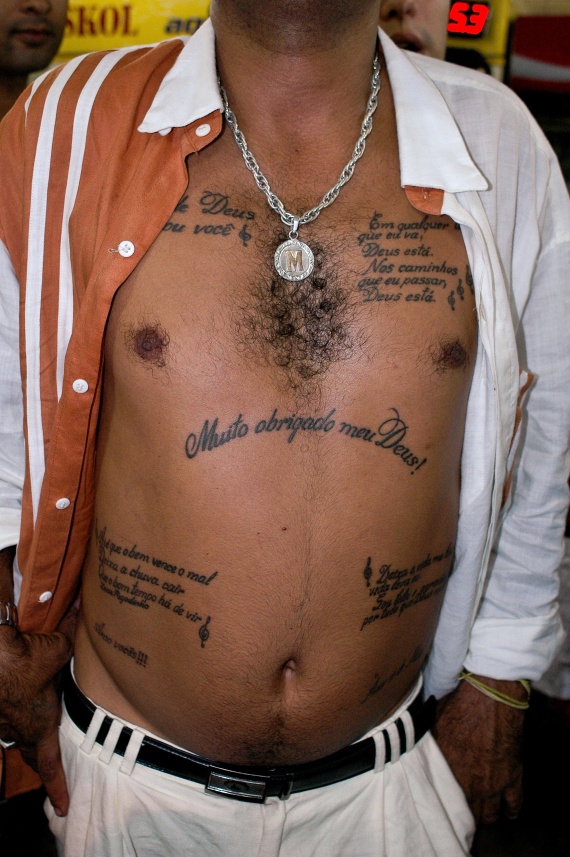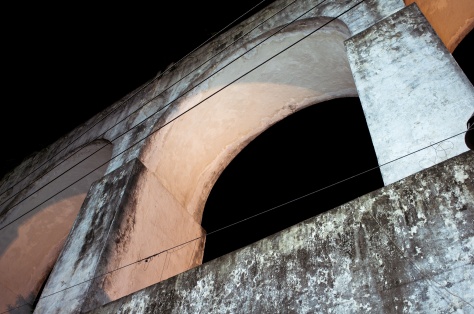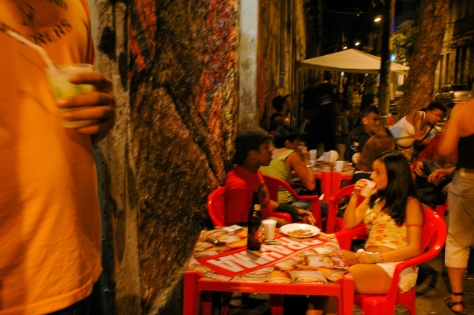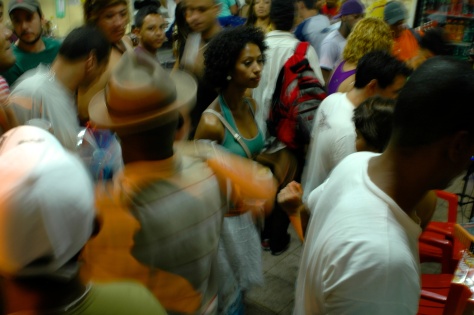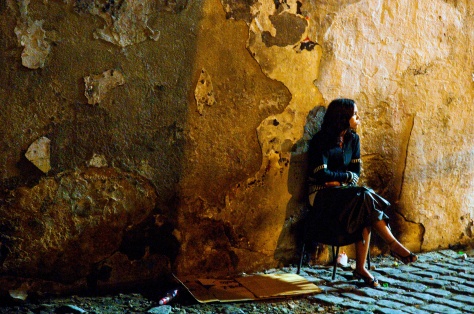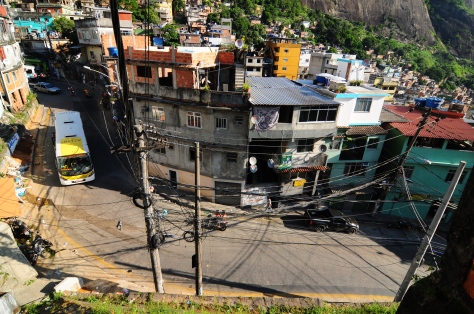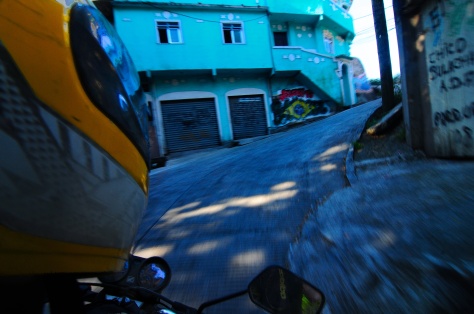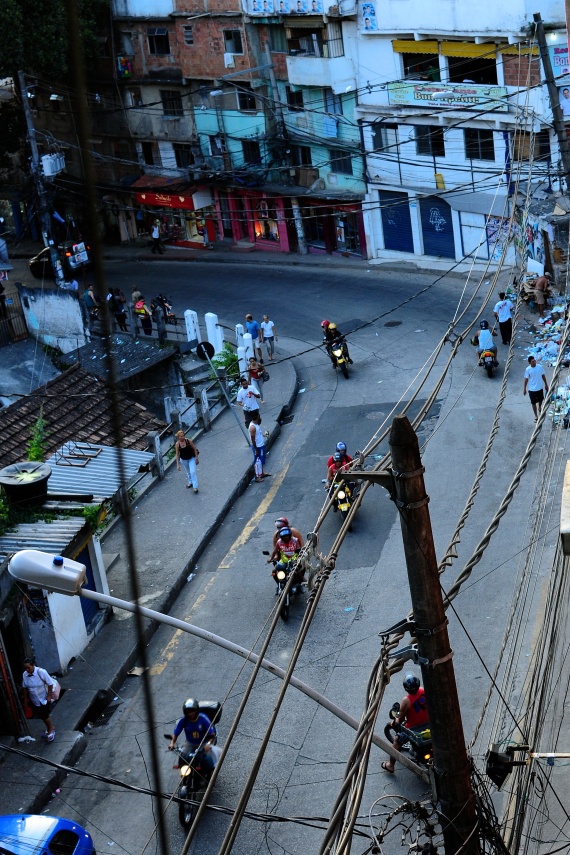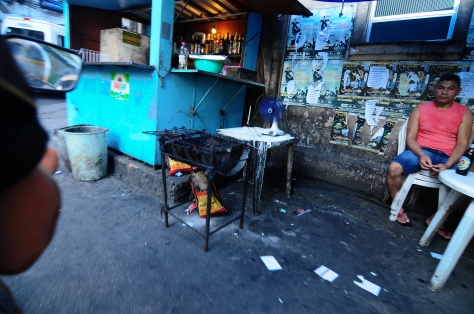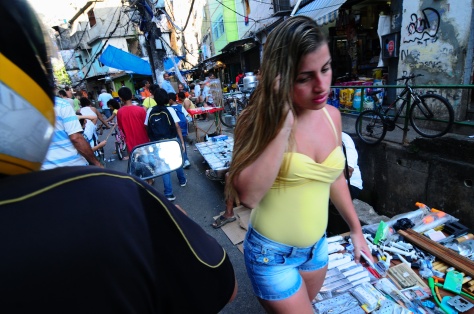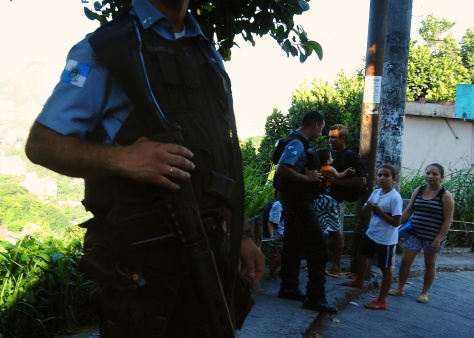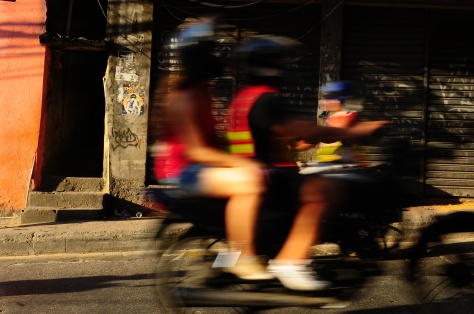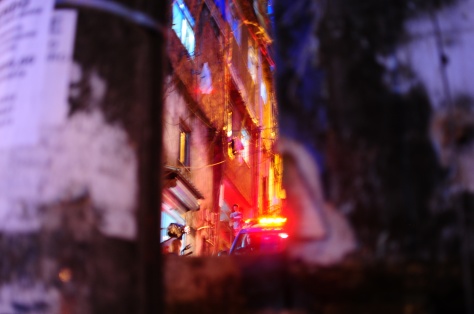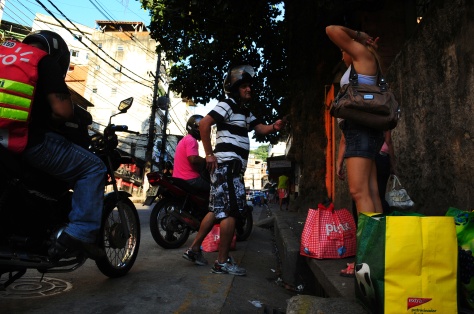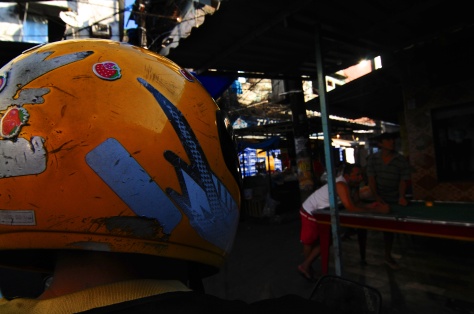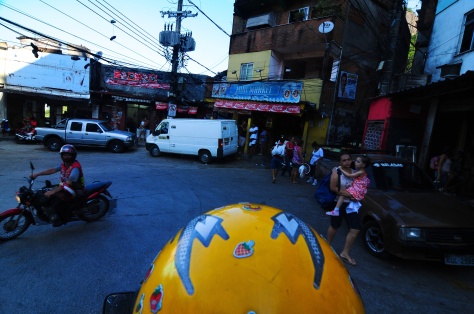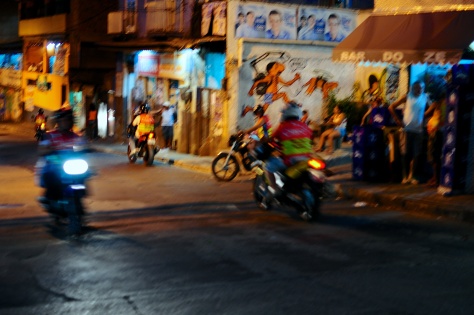From the terrace of the Cleveland Clinic you can see the skyline of Cleveland, the coast of Lake Erie, and the roofs of homes that form part of East Cleveland.

Many of the homes show remarkable architecture and telltale signs of a once prosperous neighborhood. Sadly, many abandoned houses and empty lots suggest some recent urban decay and blight. 
 Still, families continue to live in East Cleveland and nestled into the middle of this community are many businesses, including Dad and Son Laundry. During a recent trip to Cleveland, I found myself driving through the East Cleveland and noticed a unique sign for a laundry.
Still, families continue to live in East Cleveland and nestled into the middle of this community are many businesses, including Dad and Son Laundry. During a recent trip to Cleveland, I found myself driving through the East Cleveland and noticed a unique sign for a laundry. 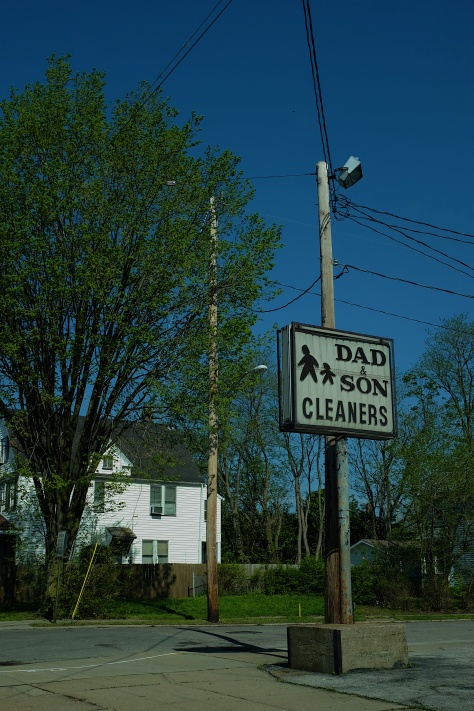 As I was taking a picture, I saw a customer exit and asked him if he knew how old the sign was. He kindly replied that he had no idea, but the owner was inside. That is when I met Earl Halsell, the second-generation owner of Dad & Son Cleaners.
As I was taking a picture, I saw a customer exit and asked him if he knew how old the sign was. He kindly replied that he had no idea, but the owner was inside. That is when I met Earl Halsell, the second-generation owner of Dad & Son Cleaners. 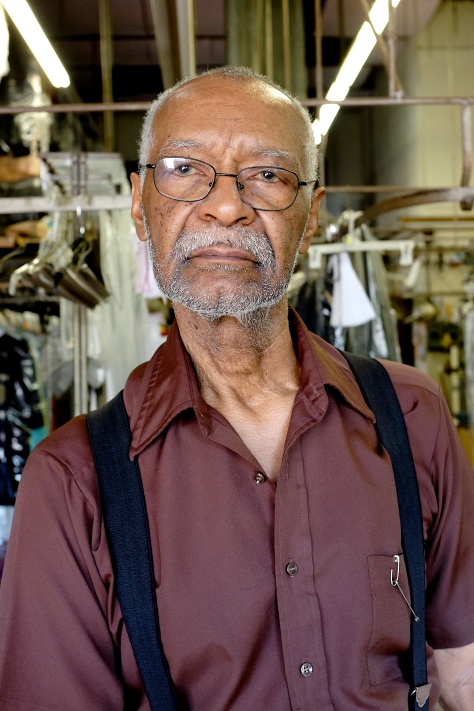 .While photographing Earl, he talked about how the store has been in the family for two generations, 56 years. The first store was located nearby for 12 years before relocating to the present spot 44 years ago. While Earl was once the “Son” of Dad & Son, he is now the “Dad” and his “Son”, Jeff, is the Son.
.While photographing Earl, he talked about how the store has been in the family for two generations, 56 years. The first store was located nearby for 12 years before relocating to the present spot 44 years ago. While Earl was once the “Son” of Dad & Son, he is now the “Dad” and his “Son”, Jeff, is the Son. 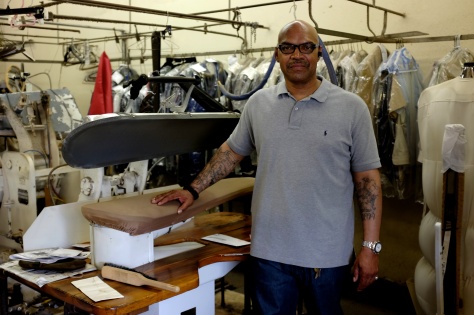 As I wrote his email so I could send him pictures, he spelled his last name and I asked him about the pronunciation, as the first “l” is silent. This seemingly simple question prompted Earl to tell an amazing story.
As I wrote his email so I could send him pictures, he spelled his last name and I asked him about the pronunciation, as the first “l” is silent. This seemingly simple question prompted Earl to tell an amazing story. 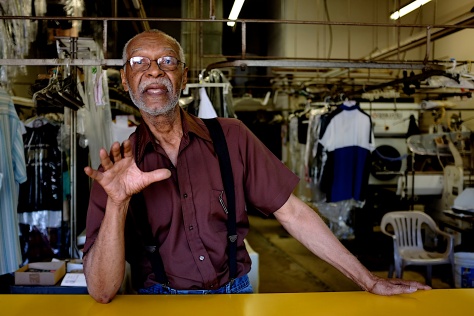 A few years ago, Earl was surfing the web for relatives who shared his last name. He located one Halsell in Texas and gave him a call.
A few years ago, Earl was surfing the web for relatives who shared his last name. He located one Halsell in Texas and gave him a call. 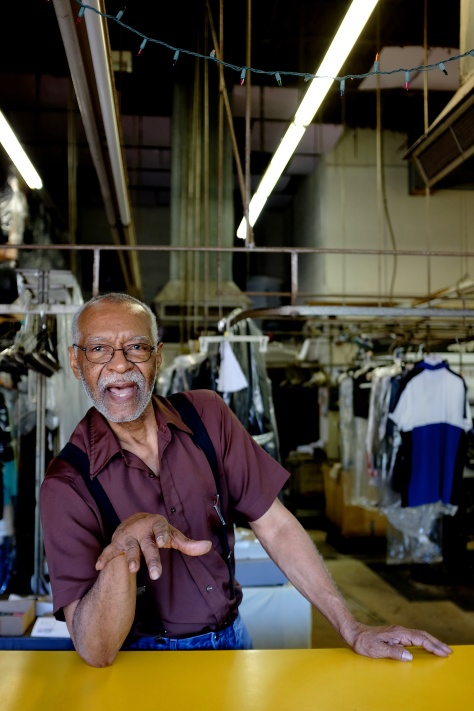 After a brief introduction, Earl suggested that they may be related, to which the other Halsell replied, “Well, I don’t know. You sound black.” Early told him, “Why yes I am.” The other Halsell simply replied, “Well, I’m white.” To untangle this issue, the two Halsell men continued talking and it became clear that their names were joined through a somewhat common history. In short, Earl’s great-grandfather was a slave to the other Halsell family in Louisiana. Their conversation continued and at a certain point Earl found himself invited to the Halsell Family Reunion.
After a brief introduction, Earl suggested that they may be related, to which the other Halsell replied, “Well, I don’t know. You sound black.” Early told him, “Why yes I am.” The other Halsell simply replied, “Well, I’m white.” To untangle this issue, the two Halsell men continued talking and it became clear that their names were joined through a somewhat common history. In short, Earl’s great-grandfather was a slave to the other Halsell family in Louisiana. Their conversation continued and at a certain point Earl found himself invited to the Halsell Family Reunion. 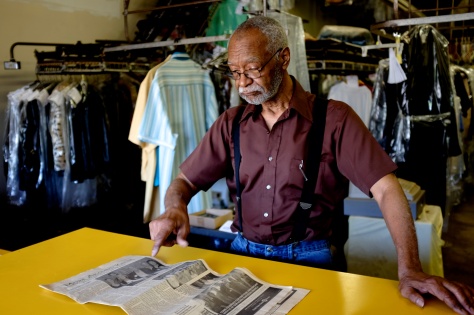 Earl and family attended the 200+ reunion and connected with this newly found extended family that included one couple from Japan.
Earl and family attended the 200+ reunion and connected with this newly found extended family that included one couple from Japan. 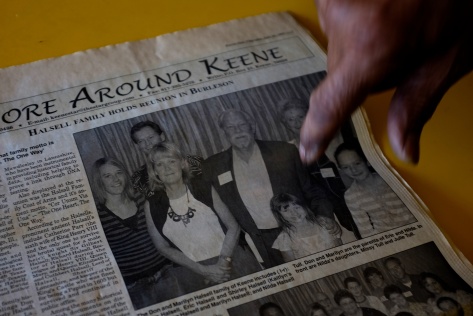 Plans are being made to locate the Halsell descendants in England and Earl will be included at that reunion as well. In the meantime, he’s back at work at Dad & Son Cleaners.
Plans are being made to locate the Halsell descendants in England and Earl will be included at that reunion as well. In the meantime, he’s back at work at Dad & Son Cleaners.
